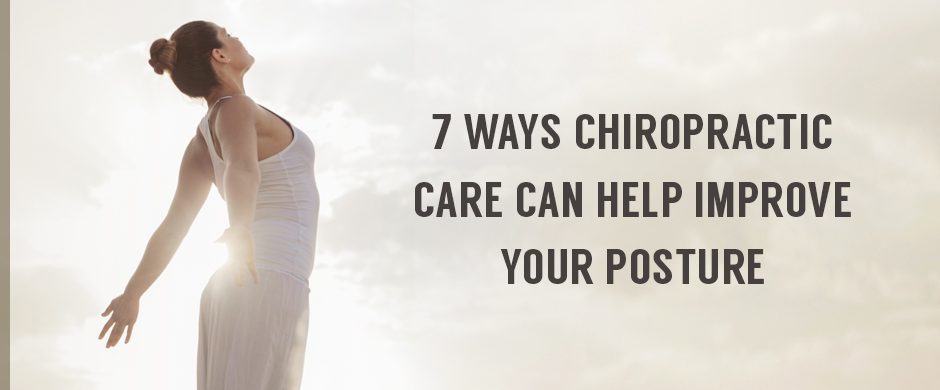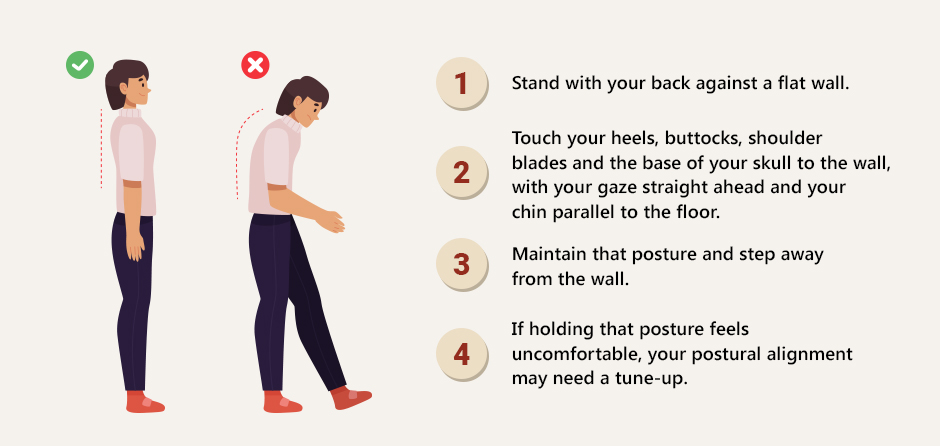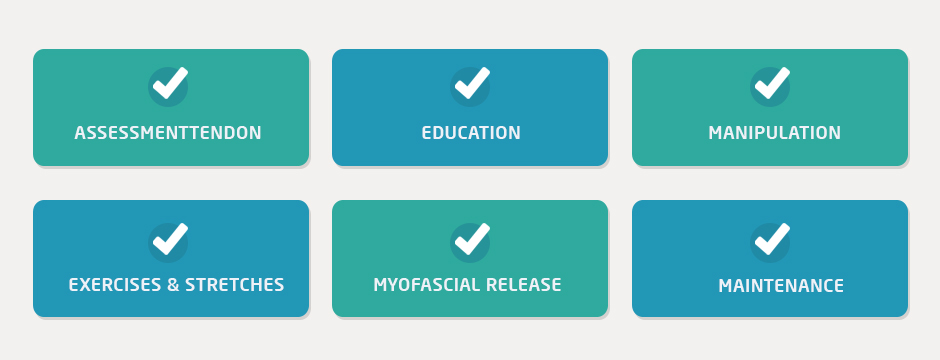
Most people have an idea of what good posture ought to look like, but few understand how to correct poor posture that develops over time from bad habits. Yet living with suboptimal posture can impact your health and wellness in numerous ways. Learn about seven key ways that a chiropractor can help with posture.
What we call posture is really the way your joints align in relation to one another, and to gravity. Your body alignment is determined by the amount of tension exerted on your skeleton by your muscles and connective tissues. When tension is optimally balanced, your joints line up to perfection, and you achieve good posture.
But for most of us, modern living is not conducive to good posture. We sit for long hours, staring at our devices, with too little exercise or physical exertion. Over time, some muscles become overly tight, while others become lax, and our joints slowly lose their postural integrity.
In the military, soldiers are trained to stand erect for hours on end. In addition to giving them a military bearing that can be quite intimidating, perfect posture conserves energy because it requires the least amount of effort to sustain.

To get an idea of how your posture stacks up, try this simple test:
In addition to static posture while sitting and standing, you need to be aware of your dynamic posture while moving. Poor dynamic posture keeps your body from moving efficiently and puts stress on your joints, increasing your risk of injury.
Unless you take measures to correct your posture throughout the day, chances are it will deteriorate over time. Even if you make a conscious effort to sit and stand erect, if you are not physically active, your muscles will be unable to function in a coordinated way that holds your joints in alignment.

Consequences of bad posture include:
Looking older than your age
Reduced digestive efficiency
Increased risk of joint problems
Neck pain
Reduced balance and stability
Increased risk of sports injuries
Too-shallow breathing
TMJ syndrome
Headaches
Chiropractic care focuses on the human spine and central nervous system. Because your nerves are housed in your spinal column, poor spinal alignment can cause them to become irritated and painful. The job of a chiropractor is to optimize spinal alignment, to reduce pain and dysfunction.
A chiropractor will work with you to fix bad posture and restore healthy alignment in the following ways:
Assessment. Your chiropractor will conduct a thorough assessment of your total body alignment, to identify problem areas that are affecting your posture.
Education. A chiropractor can work with you and teach you how to permanently fix posture to improve your overall wellbeing and quality of life.
Manipulation. A chiropractor can adjust your spinal alignment through various manual techniques, to relieve pressure on your nerves and restore optimal spinal alignment.
Exercises. A chiropractor understands that good posture cannot be achieved if your muscles are weak and out of balance. They can prescribe specific exercises to correct misalignment and restore balanced muscle tension.

Stretches. Some muscles become overly tight from daily habits. Your hip flexor muscles are a good example — if you sit for most of the day, tight hip flexors can throw your entire body out of alignment. The same is true of the muscles in your neck and upper back. Your chiropractor can prescribe certain stretches to increase your flexibility and joint range of motion, and restore muscle elasticity.
Myofascial Release. Sometimes your fascia, the thin layer of connective tissue that surrounds and separates your muscles, can develop trigger points — tiny muscle spasms that cause pain and interfere with muscle function. Manual massage techniques and dry needling are often used by chiropractors for posture correction.
Maintenance. Getting regular periodic tune-ups from your chiropractor can help you to maintain your best posture over time. You will look better, feel better, and enjoy a better quality of life as you age.
Dr. Lev Kalika is a licensed chiropractor who specializes in posture correction in NYC. His state-of-the-art clinic, NYDNRehab, is equipped with some of the most advanced technologies in the conservative healthcare arena.
When it comes to improving your overall health, posture and chiropractic care go hand-in-hand. Fixing your posture is a proactive way to stay healthy, age gracefully and avoid pain and injuries. Contact NYDNRehab today, and learn how to fix bad posture for a healthier, happier life.
Dr. Lev Kalika is a world-recognized expert in musculoskeletal medicine. with 20+ years of clinical experience in diagnostic musculoskeletal ultrasonography, rehabilitative sports medicine and conservative orthopedics. In addition to operating his clinical practice in Manhattan, he regularly publishes peer-reviewed research on ultrasound-guided therapies and procedures. He serves as a peer reviewer for Springer Nature.
Dr. Kalika is an esteemed member of multiple professional organizations, including: